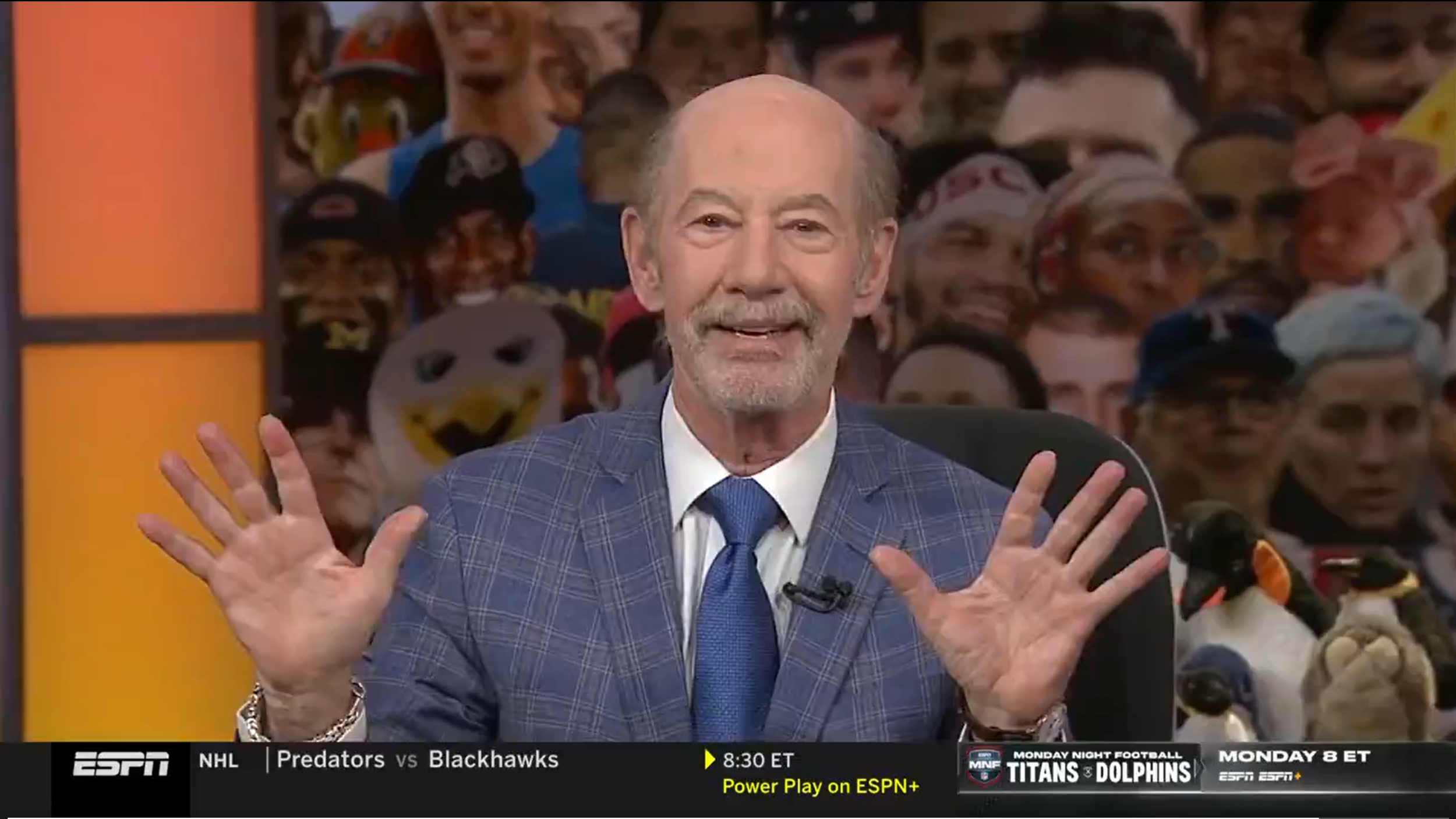The president of the much-maligned Pac-12 Networks, Lydia Murphy-Stephans, announced last week that she will be stepping down from the company to start her own firm. Now that she’s planning to leave, the network will look for a new direction as it hopes to finally break through in the sports media landscape.
But with Murphy-Stephans’ departure imminent, Jon Wilner of The Mercury News shared his thoughts on her legacy: It’s not her fault.
Murphy-Stephans is Example A of the need for context.
The dominant story of her four-year tenure is the Pac12Nets inability to land a carriage deal with DirecTV, and yet the circumstances that made a deal so difficult to achieve were in place before she became president.
(And by circumstances, I mean the in-market subscriber fee of $0.8 that commissioner Larry Scott and execs from Comcast and Time Warner agreed to back in the spring/summer of 2011.
(That price point was too steep for DirecTV, and market demand, or lack thereof, has thus far proven DTV correct.)
It is true that Murphy-Stephans will never be seen as a success at the Pac-12 Networks because she couldn’t get the network on DirecTV. If you can’t get your network on the second-largest television provider in the United States, a lot of people aren’t going to be able to watch your content.
But Wilner is right that these problems did not end with Murphy-Stephans, nor will they end with her. Whoever heads up the future of the Pac-12 Networks will have to deal with a network that will never make the Pac-12 Network the type of money that the SEC and Big Ten are pulling in from their networks.
Conference networks sound like a good idea in theory. After the Big Ten Network helped open the floodgates for college football’s revenue explosion, almost everyone assumed conference networks could help them keep up with the pack. The SEC Network, which was started in 2014, was just as successful.
But as the Pac-12 and University of Texas have found, starting a network doesn’t mean you’ll necessarily be as successful as the SEC and Big Ten have been. The Pac-12 has learned that the hard way. The SEC currently distributes $13 million more per year to its members than the Pac-12 does. By 2017-18, the Big Ten is expected to distribute $20 million more per year.
The latest
1. The Pac-12 Networks are not connected to a real network
The Big Ten Network is partnered with FOX. The SEC Network is partnered with ESPN. These are the two conferences with the biggest fan bases, and they still had major networks help them with their legitimacy. The Pac-12 Networks have nobody. They don’t have the infrastructure or the marketing help that those conferences do. That hurt the network in getting off the ground.
2. The Pac-12 Network has terrible games
Part of the appeal of the Big Ten Network is that it shows actual good games. The games aren’t as good as the ones shown on ESPN, ABC or CBS, but the network gets some primetime games with reasonably strong appeal. One of the best games on the Pac-12 Networks all of last season was legitimately Grambling State at Arizona. That’s a tough sell for TV providers.
3. Pac-12 fans just don’t care enough to make a Big Ten or SEC-style deal successful
This might not be what the true Pac-12 diehards want to hear, but Pac-12 fans just don’t consume as much content as fans in the Big Ten or the SEC. Maybe it’s because there are “better things to do” on the West Coast, or maybe it’s because football culture simply hasn’t become quite as big a part of every day life, but the fans there just won’t consume content like Big Ten and SEC fans will.
While writing at another outlet, I once proposed writing an article about UCLA. My editor liked the story idea, but chose not to go through with it, because “Pac-12 fans don’t click on things.” Instead, we wrote yet another story about Iowa football going undefeated, because Iowa fans do click on things, despite there being more households and television viewers in the Los Angeles area alone than in all of Iowa.
As Wilner writes in his piece, DirecTV was right in betting against the Pac-12 Networks. People just aren’t interested enough to make the price worthwhile.
So where does the Pac-12 go from here? Perhaps Washington State athletic director Bill Moos put it best in 2015:
“I’m a big fan of the networks, but we all had projected that we’d be seeing a larger annual payday than we’re currently seeing,” Washington State AD Bill Moos said. “We’ve seen some increases, but it’s not where we hoped it would be.”
The network will stick around, and it will bring in a little bit of money as improvements are made. But as more people cut the cord, it’s tough to see any network come in and help it become more legitimate and profitable.
Even if some streaming company, such as Amazon, does buy the network, it’s not going to have the fan base to keep up in revenue with the Big Ten or SEC.
With or without its network, the Pac-12 is going to continue to fall behind in revenue. That’s just a fact of the situation.







